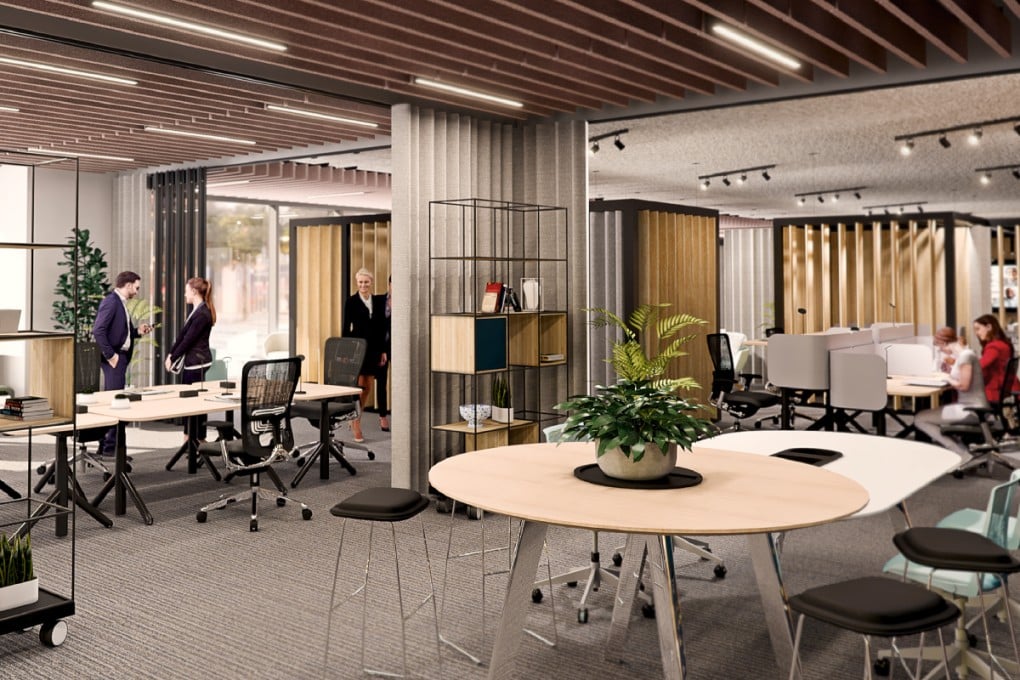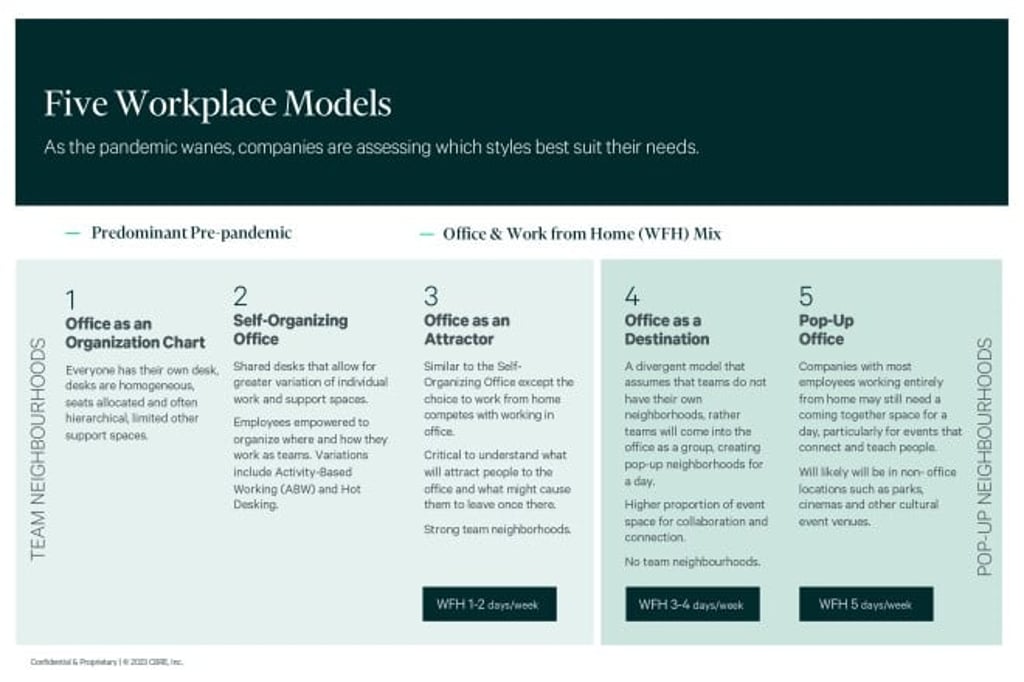As hybrid working goes mainstream, how much does it cost to transform your workplace?
CBRE's Global Office Fit-Out Cost Guide provides comprehensive cost data for companies to quickly estimate and compare fit-out costs across different cities and regions as they shift to hybrid working models.

[The content of this article has been produced by our advertising partner.]
The pandemic has had a massive impact on how employees prioritise work-life balance, wellness, and the ability to work flexibly. Existing workplaces were measurably seen as underperforming compared to working from home and must change. Understanding what really makes an office attractive and productive for employees is critical. Employers must address these concerns by making appropriate changes to their office design and workplace practices to facilitate hybrid working. By creating an office environment that is conducive to hybrid working, businesses can increase employee engagement and productivity while embracing this new trend.
Post-Covid office design trends
Based on the firm's observations of office trends around the world, three new workplace configurations have emerged post-pandemic: 'Office as an Attractor’ (WFH 1-2 days a week), ‘Office as a Destination’ (WFH 3-4 days a week), and ‘Pop-Up Office’ (WFH 5 days a week). The other two conventional office layouts choices from pre-pandemic times are ‘Office as an Organisation Chart’ and ‘Self-Organising Office’, according to the report.
